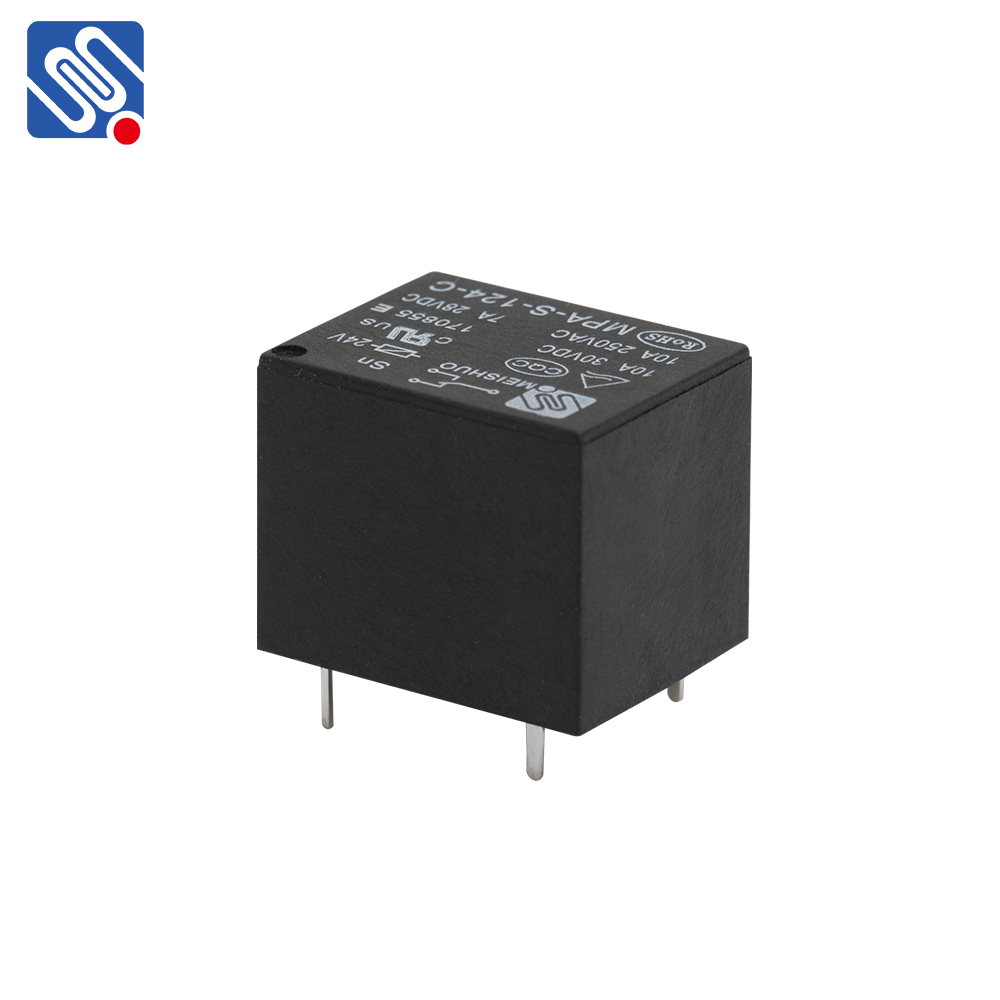understanding relay drive: a key component in automation systems
Release time:2025-08-10 21:09:26
Relay drive is a fundamental technology in modern automation, playing a vital role in controlling electrical circuits and devices in a variety of applications. This technology uses relays—electrical switches that can control high-power circuits through low-power signals. Whether in industrial automation, home automation, or even automotive systems, relay drives are used to execute tasks that require the switching of electrical components. This article explores the basic concepts, working principles, applications, and advantages of relay drive systems.

What is Relay Drive?
A relay drive system involves the use of an electromagnetic relay to control a circuit. A relay consists of an electromagnet, a set of contacts, and a spring-loaded armature. When an electric current flows through the coil (electromagnet), it generates a magnetic field, which pulls or pushes the armature. The armature then activates or deactivates the relay’s contacts, controlling the flow of current to another part of the circuit.
In a relay drive setup, a low-voltage signal, typically coming from a control system or microcontroller, is used to energize the relay coil. Once energized, the relay's contacts either close or open, allowing current to flow to a connected device, such as a motor, light, or heating element.

